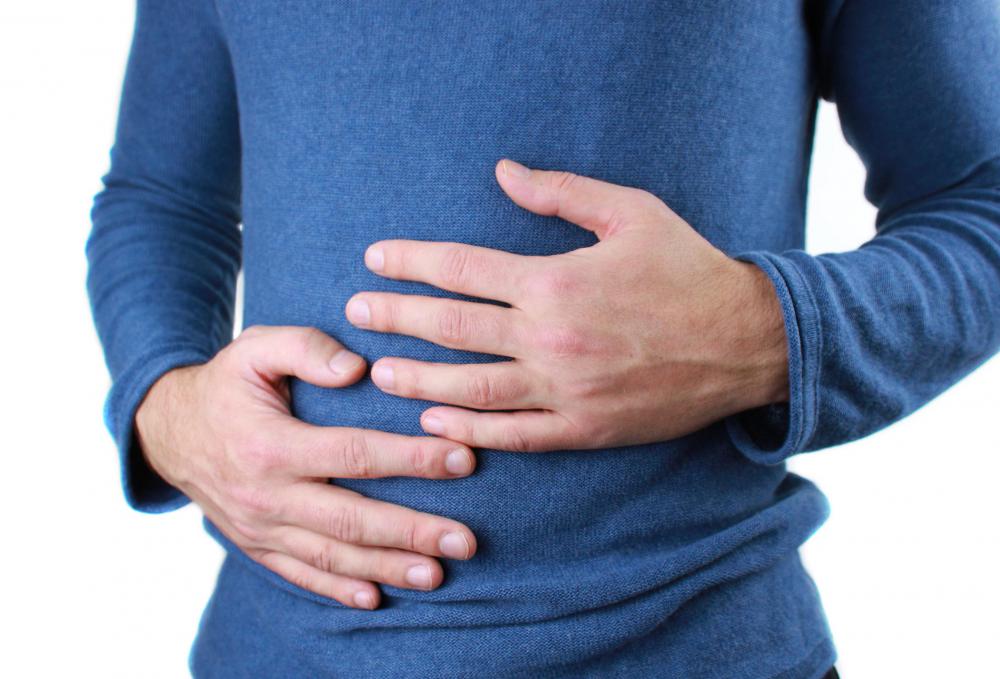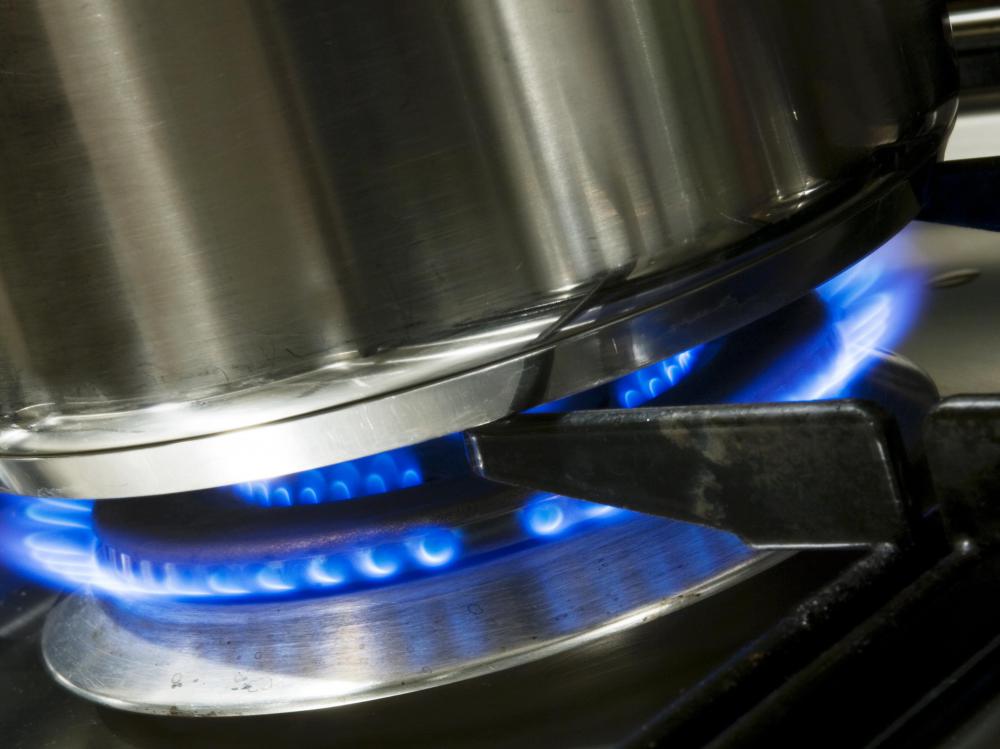At TheHealthBoard, we're committed to delivering accurate, trustworthy information. Our expert-authored content is rigorously fact-checked and sourced from credible authorities. Discover how we uphold the highest standards in providing you with reliable knowledge.
What Is the Treatment for Gas Poisoning?
Gas poisoning may occur as a result of the unintentional or harmful breathing in of any number of poisonous gases, including radon gas, methane, tear gas, carbon monoxide, mustard gas, and natural gases. The symptoms and treatments of the various types of gas poisoning differ, depending primarily on what gaseous substance caused it. There are also commonalities; breathing difficulties are the most common symptom seen in instances of gas poisoning.
Radon poisoning can take place in homes without the person noticing anything out of the ordinary in the beginning. Radon, a radioactive, cancer-causing gas, cannot be seen or smelled. Only with a radon testing kit can a home be determined to have unhealthy levels of this gas. After considerable exposure to radon, a person begins to exhibit certain symptoms, beginning with respiratory difficulties that may include persistent coughing, shortness of breath, speech and breathing problems, which can later on develop to pneumonia and bronchitis.

Another common cause of poisoning is methane gas. This is also odorless and can be found in some homes. Methane gas is used primarily for burning and heating, but it can also come from potting soil, rotting food and sewage drainage. A person who has methane poisoning, which is a kind of natural gas poisoning, exhibits flu-like symptoms. He may experience headaches, lethargy, discomfort, dizziness, heart palpitations, a decrease in motor coordination, and cognitive problems such as memory loss, lack of focus, and disorientation.

When someone may be the victim of poisoning from gas, the first thing to remember is to be calm and not panic. Ensure that it is safe to approach the person without becoming poisoned by the gas. If necessary, move them away from where they are and put them somewhere that is clear of the poisonous gas. And if possible, try to find out the cause of the gas poisoning. Tell-tale signs can be an object in the victim’s hands or close by, such as an open or spilled bottle and stained clothing. Knowing the cause can greatly help in giving the appropriate treatment.

Also check for any unusual symptoms in the victim. Note if they have burns around the mouth, breathing difficulties, seizures, and if they become unconscious. If possible, ask them what they are feeling; nausea and vomiting, dizziness and abdominal pain are some of the more common signs and symptoms of poisoning with gas. If the person is unconscious, not breathing, and/or without a pulse, do CPR. If they are conscious, turn them on their side or support them as they sit up. This will help them breathe better.

Most importantly, call for medical help right away. Call the poison control center if the number is known. Stay with the victim until help arrives. While waiting, do not induce vomiting nor give ipecac syrup. If the poison has affected the eyes, flush using clean water for about 15 minutes continuously or until medical help arrives.
AS FEATURED ON:
AS FEATURED ON:















Discussion Comments
Radon test kits are recommended for safety and to ensure optimal indoor air quality. Any number of substances can contribute to poor indoor air quality, assorted gases included.
If you find someone exposed to gas poisoning in their own home or your home, it's essential to open all windows and doors, and to turn on any fans in addition to calling emergency medical surfaces. This prevents additional poisoning to the victim and prevents you from inhaling harmful gases.
Post your comments